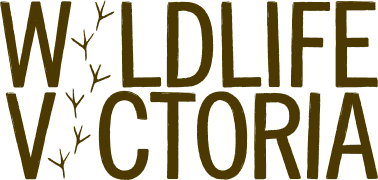
Little Penguins (Eudyptula minor) are the only species of penguin that breed on Victoria’s coastline. They are the smallest of all eighteen penguin species globally, standing at 40-45cm tall.
Appearance
Little Penguins have a dark blue upper body and flippers with a white underside. This helps them to avoid predation when swimming by blending in with the white of the sky from predators lurking below and the blue of the sea from predators soaring above. Juvenile Little Penguins are brown and much fluffier than adults.
Distribution & habitat
Little Penguins are only found in Australia and New Zealand. Along the southern coast of Australia and along Tasmania’s coastline there are many breeding colonies. If you would like to see Little Penguins in Victoria, Phillip Island and St Kilda exhibit some of the largest and most accessible colonies.
Diet
These penguins consume small fish, squid and krill as the basis of their diet.
Behaviour
Little Penguins spend most of their day feeding at sea, only coming to shore when they need to breed, moult, feed their young, or rest in their burrows, which they make among sand dunes, rocks or caves. They can spend up to four weeks at a time at sea.
Between February and April each year, every Little Penguin will return to their burrow for two weeks and stay on land while they moult. During this period, they will lose all their feathers and grow them back again, so they are all new and waterproof. To stay on land for two weeks, they must first fatten up to have enough reserves to go without eating for so long.
Breeding season
Breeding usually takes place between August and February, and often male and female pairs will stay together for multiple years. Females lay two eggs about the size of a chicken egg and both parents will incubate the eggs in shifts until they hatch around 35 days. The parents will leave the chicks by themselves once they are about two weeks old, while they go out to sea and feed as much as they can, which they pass onto their chicks via regurgitation. Chicks will go out to sea by themselves at around eight weeks of age and instinctively know how to swim and hunt.
General fun facts
What can you do to help?
We hope that by increasing your understanding and awareness of our beautiful wildlife, you will feel empowered to manage wildlife situations confidently and in an informed, safe and appropriate manner. For support at any time, please call our 24/7 Emergency Response Service on (03) 8400 7300.




